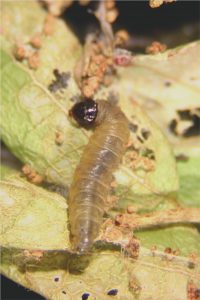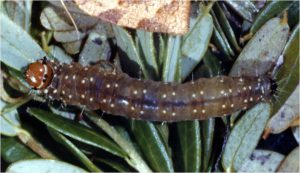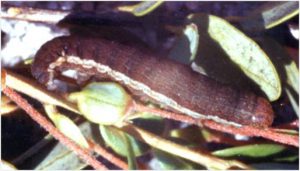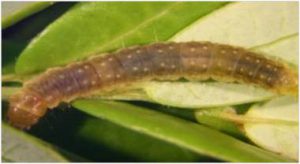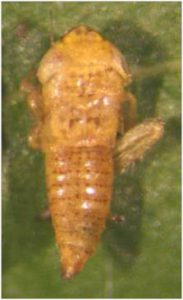Sweet Corn
IPM Program personnel are currently finishing deployment of the black light trap network in New Jersey. At present, we are approximately 70% operational and have begun to monitor traps. To date, no corn earworm (CEW) have been captured. The low numbers of European corn borer (ECB) moths that have been caught do not allow us to produce a map image. As numbers increase, look for population maps of ECB, CEW and CEW catches from pheromone traps in this weekly publication.
The highest nightly trap catches of ECB for the week ending 5/15/18 are as follows:
Allentown 1 New Egypt 1
Crosswicks 1 Pennington 1
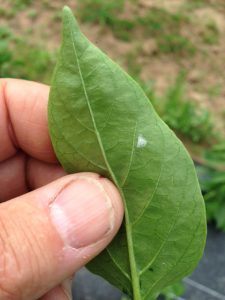
European corn borer egg mass on a pepper leaf.
